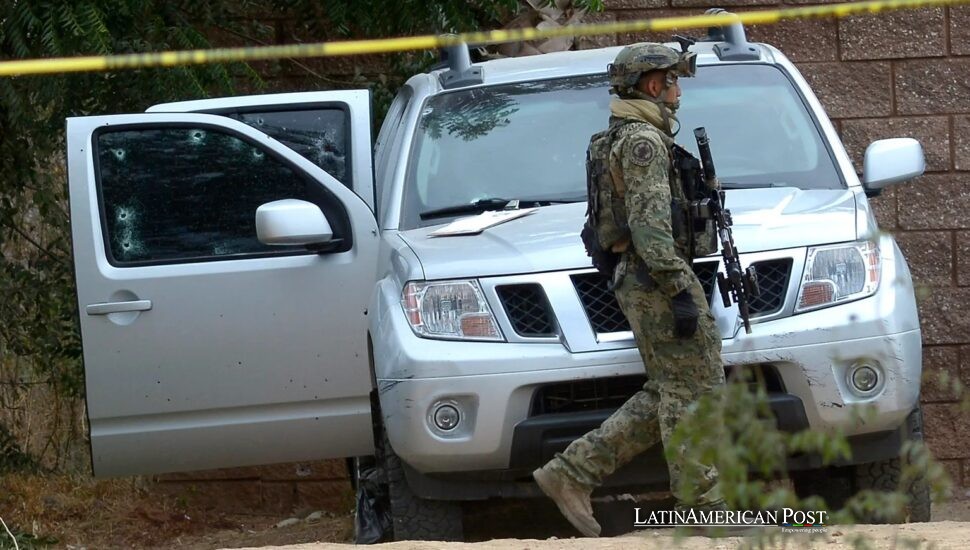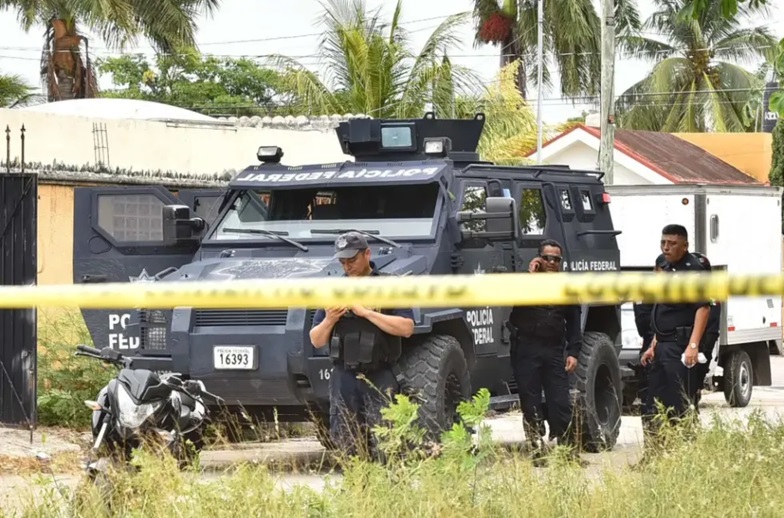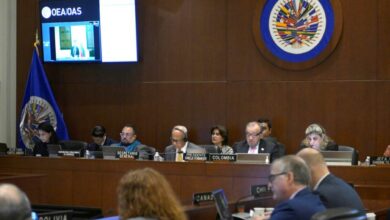Mexican Cartel War Moves to the U.S. as DEA Intensifies Local Operations

In late August, U.S. agents launched a synchronized strike against the Sinaloa cartel. Over five days, they seized millions in drugs, piles of cash, and hundreds of guns—evidence that Mexico’s most powerful cartel is deeply woven into American streets.
A Five-Day Dragnet with Global Reach
From August 25 to 29, federal agents moved with unusual precision. Teams from 23 U.S. field divisions and seven overseas regions executed raids in border towns, port cities, and industrial hubs. By week’s end, 617 people were in custody on charges linked to the Sinaloa cartel’s production, transport, and sale of drugs.
The scope reflected how far the cartel’s reach extends. What began decades ago in Mexico’s mountains now stretches across at least 40 countries, investigators say—chemists handling precursors, couriers moving cash, brokers setting up shell companies. Each arrest revealed how replaceable the players are, which is why the government struck at multiple points at once instead of chasing a single kingpin.
The timing carried political weight. Earlier this year, Washington formally designated the Sinaloa cartel and several other Latin American organizations as foreign terrorist groups. That label adds new legal powers: anyone who knowingly sells guns, chemicals, or financial services can now face terrorism-related charges. Behind the August raids stood this harder edge—an attempt to show the consequences of aiding the network.
Seizures That Tell a Story
The tallies from five days painted the business model in stark relief. Agents seized over 714,000 counterfeit pills, almost half a ton of fentanyl powder, more than two tons of methamphetamine, and seven tons of cocaine, with smaller amounts of heroin. Alongside the drugs came 420 firearms and nearly $13 million in cash and assets.
Each number carried meaning. The counterfeit tablets—pressed to look like prescription painkillers or anxiety meds—are the retail face of fentanyl, often sold to unsuspecting users. The powder indicates wholesale supply ready for regional presses. Meth and cocaine show how the Sinaloa brand diversified long before fentanyl’s surge.
The guns and money complete the loop. Bundles of cash still move easily by courier, stuffed in bags and hidden in cars. Firearms, meanwhile, are both tool and symbol—protection for shipments, intimidation for rivals, and a constant reminder of the feedback loop between U.S. demand and Mexican violence. Every dollar spent on American streets helps buy the very weapons that destabilize communities across the border.
New Labels, Old Dilemmas
Designating cartels as terrorist groups was meant to stiffen penalties and widen prosecutions. The August operation showed what that means in practice: broader charges, deeper interagency cooperation, and a willingness to pursue enablers once seen as peripheral.
Yet the old dilemma remains. Synthetic drugs are cheap to make and endlessly adaptable. Even record seizures rarely dent retail supply for long. Officials emphasize that every kilogram seized prevents potential overdoses, and communities often feel immediate relief when local cells are dismantled. But lasting change still hinges on treatment access, demand reduction, and border realities.
Meanwhile, Washington debates options once considered unthinkable. With the military granted expanded latitude at the border, reports surfaced of presidential authorization for a potential cross-border force against terrorist-designated cartels. Such talk alarms both Mexican leaders and U.S. veterans of past conflicts, who warn of blowback and fragile cooperation. History shows that when cartel leaders are captured or killed, the structure often fractures, violence spikes, and new factions emerge.

EFE@Alonso Cupul
What Comes Next for Communities—and for Mexico
For American families mourning overdoses or enduring nightly sirens, the blitz brought visible results: pill presses dismantled, cash hauled away, armed traffickers in custody. Local leaders want that momentum paired with treatment beds, fentanyl test strips, medication-assisted therapy, and jobs—because the drug economy recruits fastest where legitimate work is scarce. Without those investments, the market reconstitutes itself quickly, and another sweep feels inevitable.
In Mexico, reactions are more conflicted. In cartel strongholds like Sinaloa, Sonora, and Baja California, where precursors arrive and labs hum, U.S. actions can be praised as pressure or condemned as provocation. Communities caught in the middle know the risks: every disruption can either weaken a cartel’s grip or unleash fresh violence. The terrorist label only sharpens that divide—deterring some collaborators, but also blurring the line between policing and war.
The DEA insists this campaign will not relent until the Sinaloa cartel is dismantled from top to bottom. But dismantling a cartel is rarely a single moment. It is a grind—choking precursor flows, seizing assets, prosecuting straw buyers, and tracing money through shell firms. Arrests, drug tallies, and frozen accounts make for striking scoreboards. The harder measure is whether overdoses flatten, whether prices and purity shift, and whether cooperation with Mexico survives the political crosswinds.
Also Read: Colombia’s Landfill of Truth Unearths Medellín’s Long-Buried Disappearances
For now, the August sweep stands as a signal. The United States is willing to escalate its pursuit of a cartel born in Mexico but embedded in American life. The test will be whether these headline numbers translate into fewer funerals, safer neighborhoods, and a step back from the cycle that binds U.S. overdoses to Mexico’s bloodshed: Mexico hubs, U.S. streets, the new shape of cartel war.




